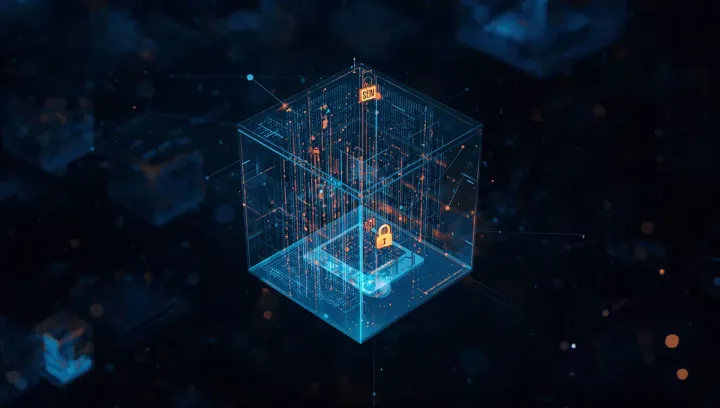
What's Next for Linux? A Sneak Peek into Kernel 6.17
In a world dominated by flashy AI announcements and gadget releases, it’s easy to overlook the steady, relentless heartbeat of the open-source world: the Linux kernel. But it’s here, deep in the foundational layer of our digital lives, that some of the most important progress is made. The upcoming Linux 6.17 is no exception, and it brings a host of exciting features that will shape the future of computing.
While still in the release candidate phase, the picture of 6.17 is becoming clear. Here’s a sneak peek at what you can expect.
The Headline Act: Bcachefs is Finally Here
For years, filesystem enthusiasts have been watching the development of bcachefs with anticipation, and in Kernel 6.17, it seems to be ready for the main stage. Bcachefs is a next-generation, copy-on-write (CoW) filesystem, designed to compete with giants like Btrfs and ZFS.
What makes it so special? It aims to offer the advanced features of ZFS/Btrfs (like checksumming, compression, and snapshots) but with a focus on simplicity and performance that rivals the traditional EXT4. Early benchmarks are promising, suggesting it could offer a powerful new option for everything from high-performance servers to enthusiast desktop builds. This is arguably the most significant new filesystem to be added to the kernel in years.
Supporting the Hardware of Tomorrow
A new kernel release always means a massive drop of new hardware support, and 6.17 is packed with it. This is crucial for ensuring Linux runs on the latest and greatest machines out of the box.
- Next-Gen Processors: We’re seeing the first wave of support for upcoming CPU architectures like Intel’s “Celestial Lake” and AMD’s “Zen 6,” ensuring that when these chips hit the market, Linux will be ready.
- GPU Enhancements: The open-source drivers for AMD and Intel GPUs continue to mature. Kernel 6.17 brings significant improvements for AMD’s RDNA 4 and Intel’s Battlemage graphics, including better power management and initial support for new display features.
- Connectivity Boost: Support for Wi-Fi 7 devices is becoming more robust, and we’re seeing drivers for new USB4 v2 and Thunderbolt 5 controllers, pushing Linux towards a future of ultra-fast connectivity.
The Quiet March of Rust Continues
The ambitious project to allow Rust within the Linux kernel is one of the most important long-term initiatives for the platform’s security and stability. While still in its early days, Kernel 6.17 continues this steady march.
In this release, we’re seeing a few more subsystems, like parts of the new networking stack and some low-level drivers, being written in Rust. Each new piece of Rust code that gets accepted is a victory for memory safety, eliminating entire classes of bugs and security vulnerabilities before they can ever become a problem. It’s a slow revolution, but it’s happening.
My Take: The Foundation Gets Stronger
Kernel releases may not generate the same hype as a new smartphone, but they are infinitely more important. The changes in Linux 6.17 are the foundational blocks upon which future innovations will be built.
A more reliable filesystem means your data is safer. Better hardware support means you have more choice in the devices you can use. A more secure kernel means a safer digital world for everyone.
It’s a powerful reminder of the incredible dedication of the open-source community. While we’re busy using our computers, thousands of developers around the world are quietly working to make them faster, more secure, and more capable. And for that, they have my sincere appreciation.


